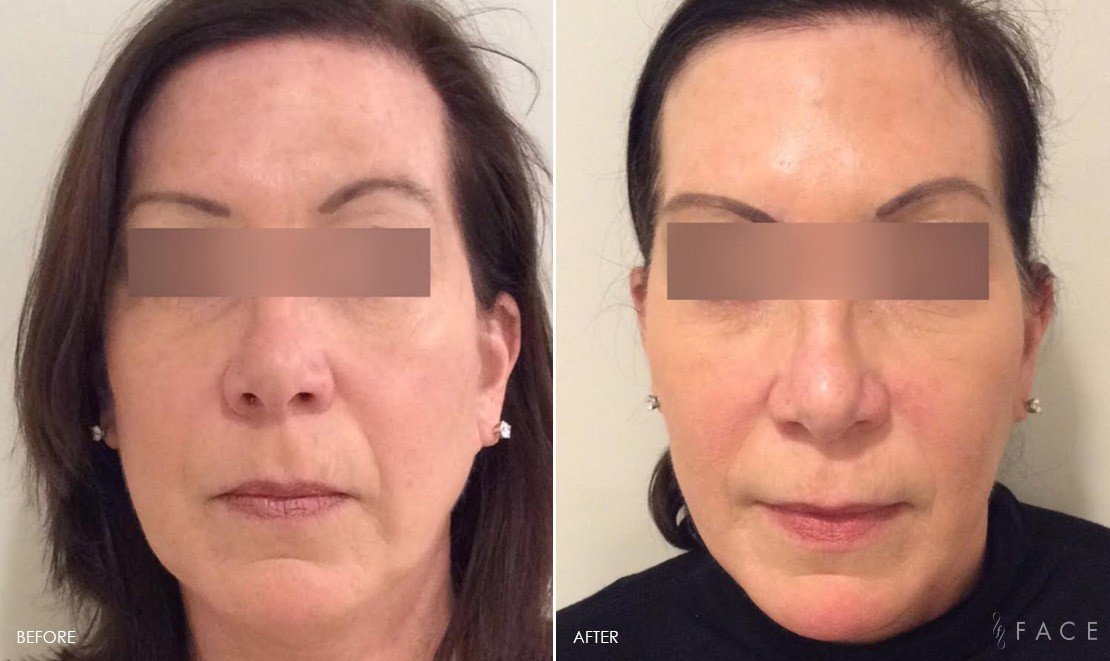Botox® VS Xeomin® Similarities
There are numerous similarities between these two neurotoxins. For instance, both are administered in similar ways and do require the support of a licensed medical professional.
They can also both be used for other medical conditions as well although Botox® is more widely used for other conditions. The treatment time is also the same for both and they each need to be repeated every three months or so for the best results.
Clinical Uses Beyond Cosmetics
Medical Applications of Botox® and Xeomin®
While Botox® and Xeomin® are widely known for their cosmetic benefits, both also have significant medical applications. Botox® is FDA-approved for treating chronic migraines, overactive bladder, and excessive sweating (hyperhidrosis). It’s also used for managing muscle spasms and certain eye disorders, such as strabismus and blepharospasm.
Xeomin® shares some of these medical uses but is particularly recognized for treating cervical dystonia, a condition that causes painful neck spasms. It’s also effective in managing blepharospasm, similar to Botox®.
These medical applications highlight the versatility of both products beyond aesthetics. They demonstrate the broad impact of botulinum toxin type A in treating a range of conditions, offering patients relief from symptoms that significantly affect their quality of life.
Side Effects and Safety Profile
What Are the Risks?
Both Botox® and Xeomin® are generally well-tolerated, but like all treatments, they come with potential side effects. The most common side effects include localized pain, swelling, and bruising at the injection site. Some patients may also experience headaches or temporary muscle weakness.
A rare but serious side effect is ptosis, or drooping of the eyelid, which can occur if the toxin spreads to nearby muscles. Shortness of breath and difficulty swallowing are also rare but serious risks that require immediate medical attention.
Botox® carries a slightly higher risk of allergic reactions due to the additional proteins it contains. Xeomin®, with its pure formulation, reduces the likelihood of such reactions, making it a preferred choice for patients with a history of allergies.
Both treatments should only be administered by a qualified healthcare professional to minimize risks and manage any side effects that may occur.
Cost Comparison
Which Is More Affordable?
The cost of Botox® and Xeomin® can vary depending on several factors, including the clinic, geographical location, and the amount of product used. On average, the price for Botox® treatments ranges from $300 to $600 per session. Xeomin® is often slightly less expensive, generally falling between $250 and $550 per session.
However, the difference in cost isn’t just about the price per unit. Xeomin® may require a higher dose to achieve the same results as Botox®, which can offset the lower initial price. The choice between Botox® and Xeomin® should consider both the cost and the desired outcome.
Insurance typically does not cover cosmetic uses of Botox® or Xeomin®. However, if these treatments are used for medical conditions like chronic migraines or hyperhidrosis, insurance might cover part of the expense.
What are the Benefits of Neurotoxin Treatments?
There are numerous benefits of neurotoxin treatments like Botox® or Xeomin®. This treatment is quick and efficient with virtually no recovery time. It can help with forehead lines, frown lines, eyebrow lift, crows feet, bunny lines, a downward mouth, TMJ, slimming the jawline, orange peel appearance in the chin, flipping the upper lip up, neck bands, amd more.
Am I a Candidate for Botox® or Xeomin®?
You could be a candidate for either Botox® or Xeomin® if you have dynamic lines and are eager to achieve a more youthful appearance. Indeed, both treatments can ensure that you look younger. If you feel self-conscious about your appearance, either treatment could benefit you.
Patient Suitability and Allergies
Who Should Consider Botox® or Xeomin®?
Not everyone is a perfect candidate for Botox® or Xeomin®. While both treatments are generally safe, individual suitability can vary based on several factors, including medical history and potential allergies.
Patients with a history of neuromuscular disorders, such as myasthenia gravis, should exercise caution. Botox® contains accessory proteins that might cause allergic reactions or resistance over time. Xeomin®, being free of these proteins, is less likely to cause such issues.
Additionally, those who have had allergic reactions to other botulinum toxin products should consult with their healthcare provider before considering treatment. Discussing your medical history with a physician ensures the safest and most effective outcome.
Understanding these factors helps in determining the most appropriate treatment option, minimizing risks, and achieving the best results.








